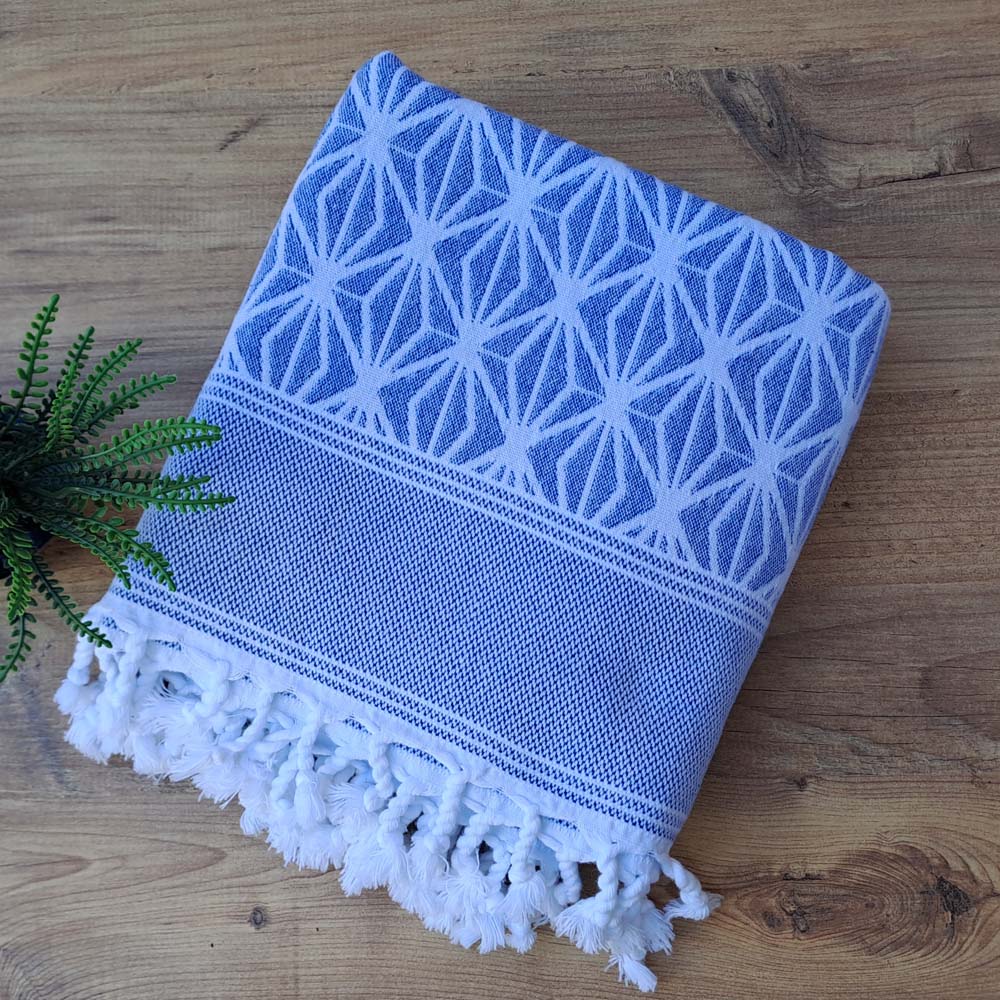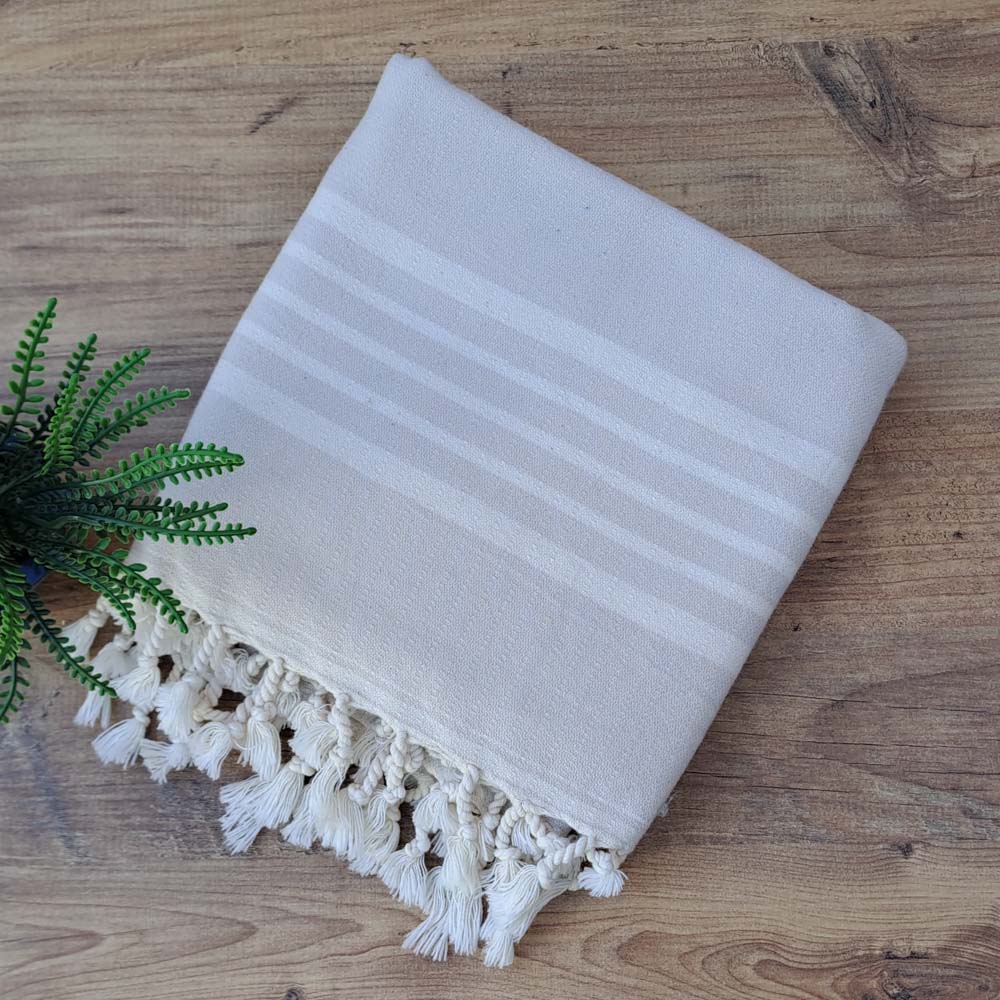Turkish peshtemals are more than just towels; they are a timeless symbol of craftsmanship, history, and sustainable design. From their origins in the luxurious hammams of the Ottoman Empire to their presence in modern homes worldwide, peshtemals represent a blend of tradition and practicality.
Crafted from 100% Turkish cotton, these versatile towels are celebrated for their lightweight, absorbent, and quick-drying nature. The manufacturing process, steeped in centuries-old techniques, ensures each piece reflects the artistry and dedication of Turkish weavers. Unlike mass-produced alternatives, Turkish peshtemals are often handwoven, using eco-friendly dyes and materials that make them a sustainable choice for conscious consumers.
By delving into the process of Turkish peshtemal manufacturing, you’ll uncover the meticulous steps that preserve their authenticity while meeting the needs of today’s market. From selecting premium cotton to mastering intricate patterns and fringes, this age-old tradition continues to thrive, balancing innovation with respect for its roots.
5 Steps to Learn Turkish Peshtemal Manufacturing:
- Selecting the Right Cotton (The Foundation of Quality)
- Handweaving Techniques Passed Through Generations
- Dyeing with Natural and Chemical-Free Dyes
- Crafting the Final Design (Patterns and Fringes)
- Ensuring Versatility and Quality Control
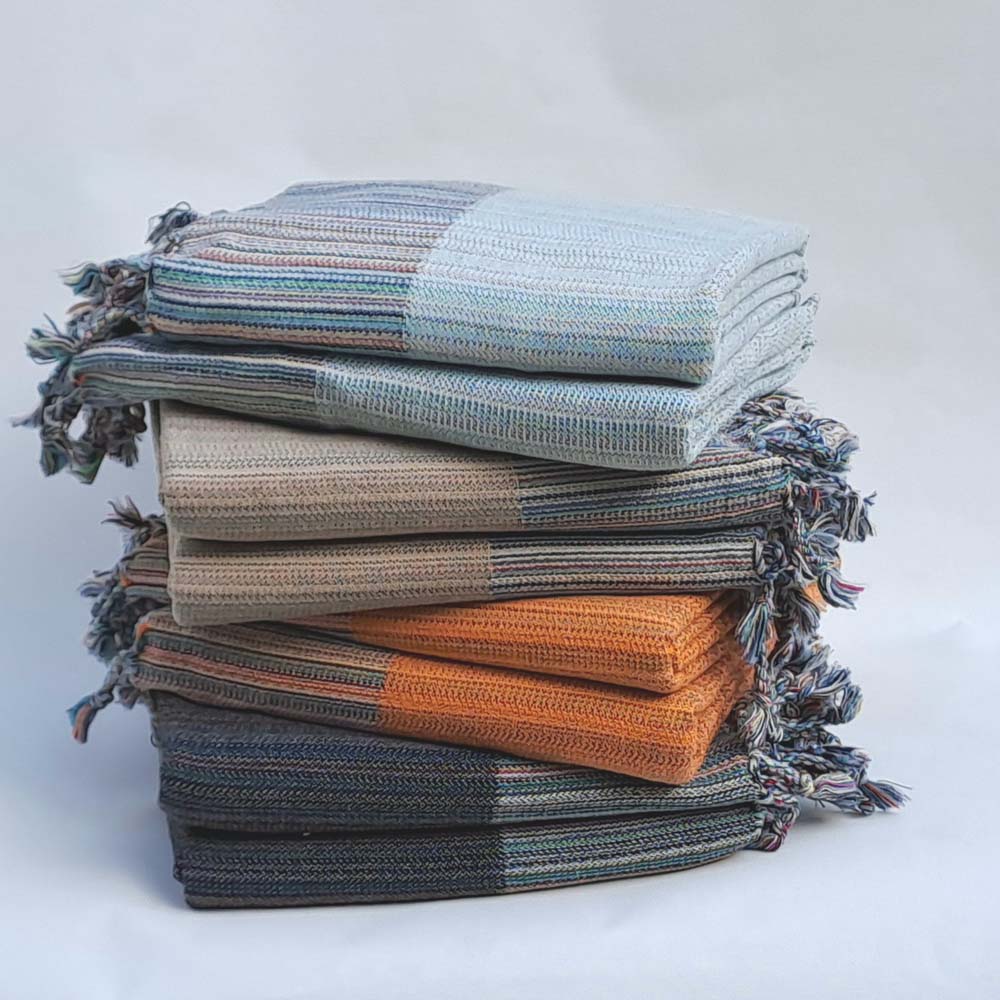
Selecting the Right Cotton (The Foundation of Quality)
High-quality cotton selection is the foundation of Turkish peshtemal manufacturing, ensuring its renowned softness, absorbency, and durability.
The journey of crafting an exceptional peshtemal begins with sourcing premium Turkish cotton, primarily from the Aegean region. This cotton is celebrated globally for its long fibers, which contribute to the lightweight and durable nature of peshtemals. Unlike ordinary towels, peshtemals made from Turkish cotton maintain their softness and quality even after multiple washes.
Using peshtemal Turkish towels as a benchmark for quality, manufacturers prioritize eco-friendly and sustainable practices during cotton cultivation. This includes minimizing water usage and avoiding harmful chemicals, aligning with the growing demand for environmentally conscious products. Turkish peshtemals stand out because their fibers are naturally soft, eliminating the need for synthetic enhancers.
peshtemal robe and peshtemal towel, these cotton-based towels serve various purposes, from bath essentials to fashion accessories. Each strand of Turkish cotton undergoes meticulous inspection to ensure it meets the high standards set by the heritage of Turkish weaving. Whether woven for peshtemals or other textile products, the cotton’s superior quality guarantees absorbency, quick-drying properties, and long-lasting use.
By starting with the finest materials, Turkish peshtemal manufacturers lay the groundwork for an item that is both luxurious and practical, perfectly blending tradition with modern needs.
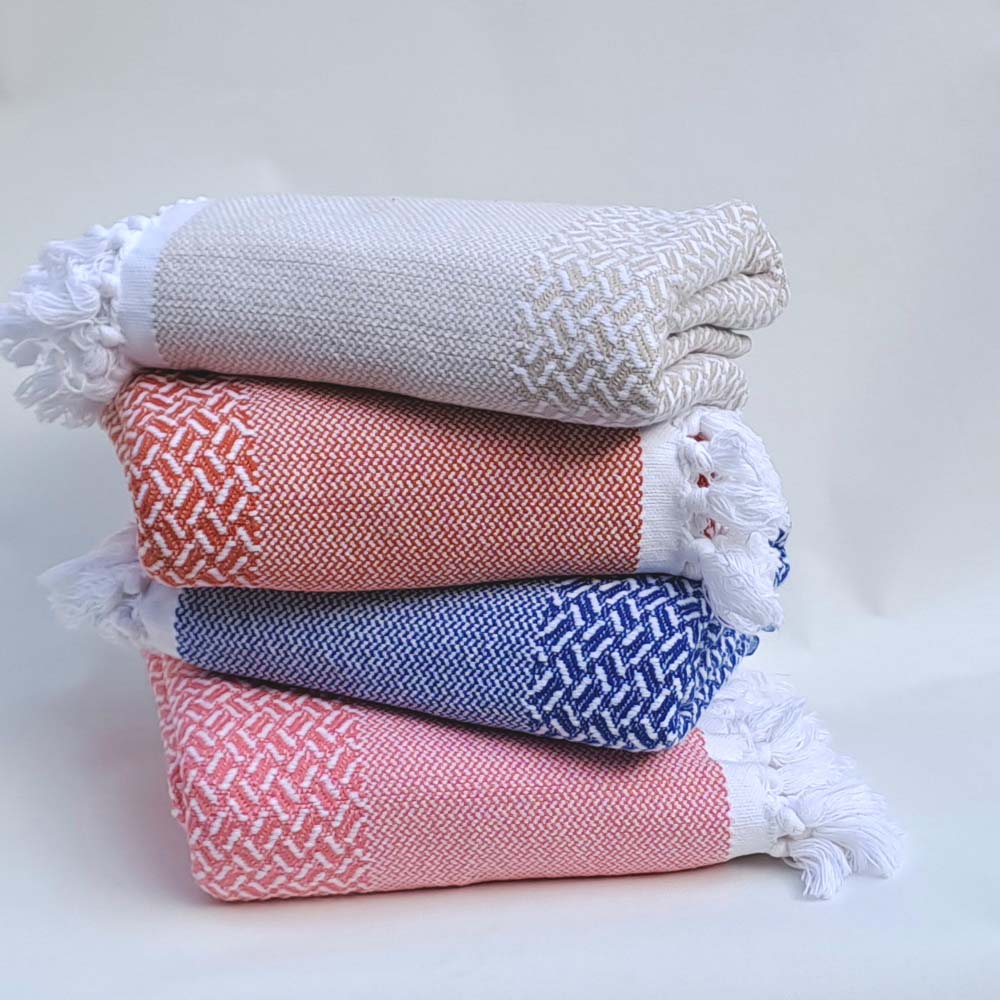
Handweaving Techniques Passed Through Generations
Traditional handweaving techniques are the heart of Turkish peshtemal manufacturing, preserving a centuries-old heritage and ensuring unparalleled quality.
The process of crafting peshtemal Turkish towels is rooted in artisan handweaving methods that have been passed down through generations. This meticulous technique involves using hand-operated looms, where each thread is carefully intertwined to create a durable, lightweight, and absorbent fabric. Unlike machine-produced alternatives, handwoven peshtemals maintain an authentic texture that speaks to their cultural origins.
Manufacturers of peshtemals prioritize these traditional methods to ensure the fabric’s structural integrity and aesthetic appeal. The intricate patterns, such as herringbone or geometric designs, are not only visually stunning but also serve functional purposes, enhancing the towel’s flexibility and wear resistance. These patterns often carry regional significance, showcasing the unique identity of Turkish weaving traditions.
Artisans also emphasize sustainability in this step, opting for organic threads and reducing energy usage compared to mass-production methods. This aligns with consumer expectations for eco-friendly products, as seen peshtemal robe and peshtemal towel. Additionally, handweaving ensures that every peshtemal is a one-of-a-kind creation, embodying the dedication and skill of the craftspeople behind it.
By keeping handweaving at the core of their process, Turkish peshtemal manufacturers create towels that are not only functional but also storytelling pieces of art. Each towel is a testament to a legacy that continues to thrive in the modern market, bridging tradition and innovation seamlessly.

Dyeing with Natural and Chemical-Free Dyes
Natural dyeing techniques are essential in Turkish peshtemal manufacturing, offering vibrant, eco-friendly colors without compromising on quality.
One of the key steps in crafting peshtemal Turkish towels is the use of natural, chemical-free dyes to achieve their iconic patterns and hues. Traditional Turkish artisans prioritize sustainability by using plant-based and mineral-derived dyes. These natural dyes not only provide rich, long-lasting colors but also ensure that the peshtemals are safe for sensitive skin, aligning with consumer preferences for eco-friendly and hypoallergenic products.
In this process, the raw fabric is prepped for dyeing, often using a pre-wash to improve color absorption. The dyes are meticulously applied in patterns such as stripes or intricate geometric designs, often inspired by regional Turkish motifs. These patterns make peshtemal towels instantly recognizable and lend them a unique aesthetic appeal.
peshtemals and peshtemal robe often point to the rising demand for ethically produced textiles, and Turkish manufacturers deliver by embracing time-honored dyeing practices. The natural dyeing process not only enhances the visual appeal of these towels but also contributes to their durability. Colors remain vibrant even after repeated washes, thanks to the superior quality of Turkish cotton and the mastery of the dyeing techniques.
This eco-conscious step in peshtemal manufacturing is a testament to the industry’s commitment to sustainability. By using natural dyes, manufacturers ensure that their products meet the needs of environmentally aware consumers while preserving the artisanal charm of Turkish textiles.
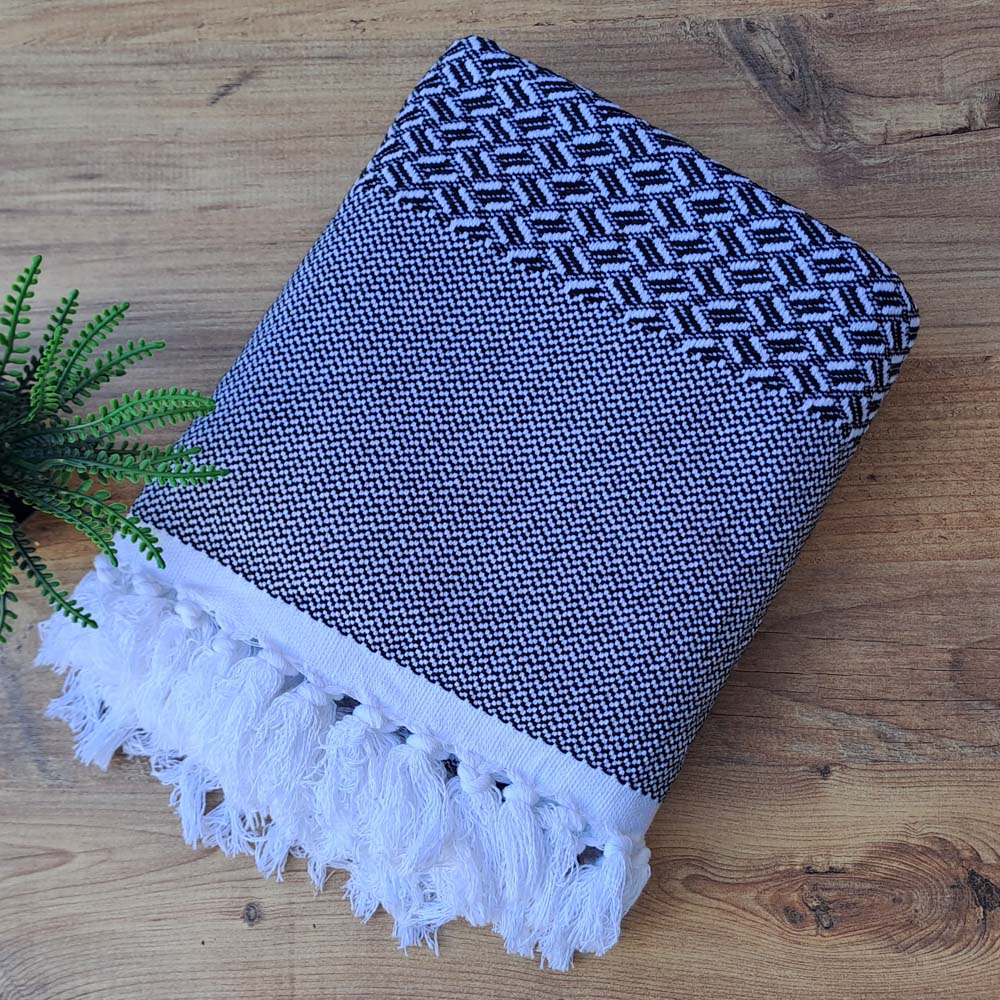
Crafting the Final Design (Patterns and Fringes)
The intricate patterns and hand-tied fringes of Turkish peshtemals showcase a perfect blend of artistry and functionality.
When crafting peshtemal Turkish towels, artisans pay meticulous attention to the final design, ensuring each piece is a harmonious mix of tradition and modern aesthetics. Patterns such as herringbone, stripes, and geometric motifs are carefully woven into the fabric, drawing inspiration from Turkey’s rich cultural heritage. These designs are not just decorative but also serve practical purposes, such as enhancing the flexibility and durability of the towels.
Fringes are another defining feature of peshtemals, often hand-tied by skilled craftsmen. This labor-intensive process adds a touch of elegance to the towels while reflecting the dedication involved in their creation. These fringes are securely fastened to ensure longevity, even with frequent use and washing.
peshtemal robe highlights the versatility of these textiles, as the design process allows for a range of uses beyond towels, including robes, scarves, and decorative throws. The attention to detail in both pattern and finishing makes Turkish peshtemals not only functional but also a stylish accessory for home and travel.
Incorporating these intricate details ensures that Turkish peshtemal manufacturers maintain a competitive edge in the global market. By combining traditional craftsmanship with modern design sensibilities, they deliver products that are both timeless and adaptable to contemporary lifestyles.
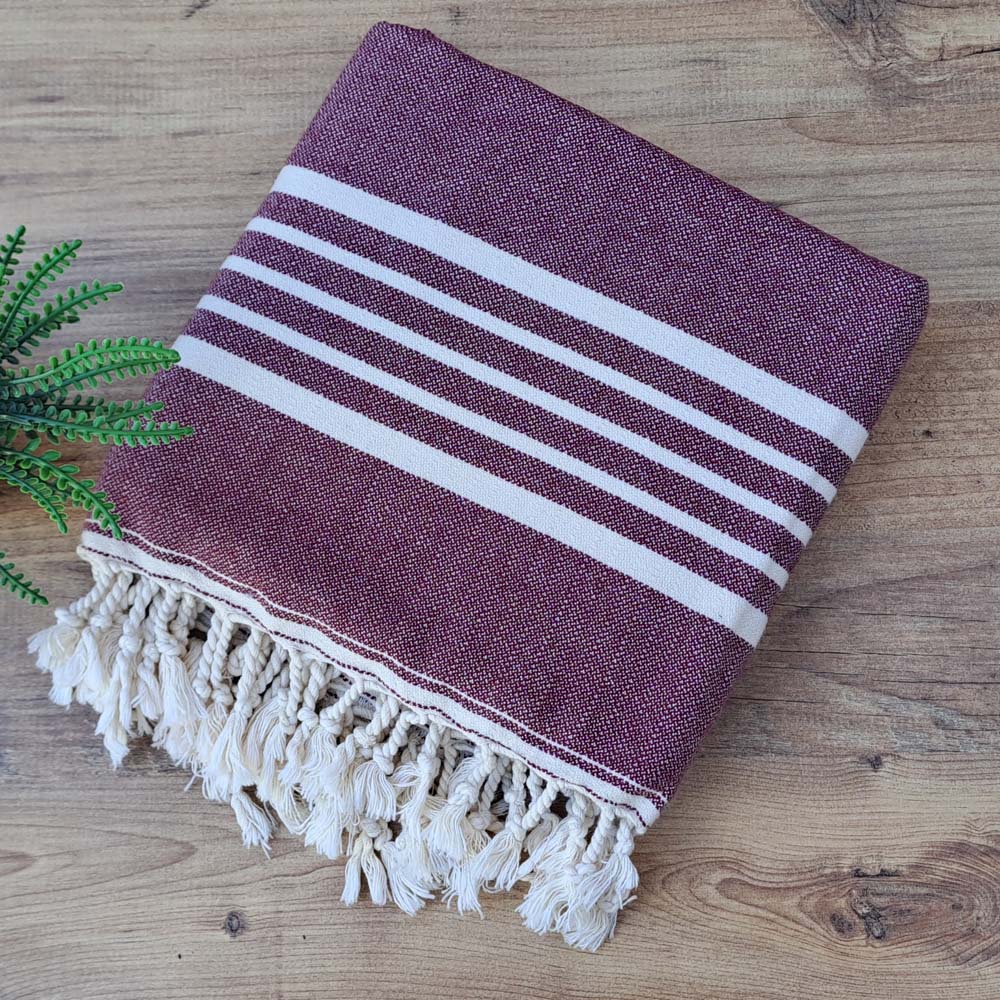
Ensuring Versatility and Quality Control
Turkish peshtemals embody the perfect harmony of tradition, functionality, and sustainability, making them an enduring choice for consumers worldwide.
From their origins in the Ottoman Empire to their global popularity today, peshtemal Turkish towels have proven to be more than just textiles—they are a representation of craftsmanship and cultural heritage. The meticulous process of creating these towels, from selecting premium Turkish cotton to employing traditional handweaving techniques, ensures they stand out for their quality and authenticity.
Modern challenges, such as balancing tradition with scalability and meeting the demand for eco-friendly products, have not deterred Turkish manufacturers. Instead, they have embraced innovation while staying true to their roots. peshtemals, peshtemal towel, and peshtemal robe highlight their versatility, whether used as bath towels, fashion accessories, or home decor.
What sets Turkish peshtemals apart is their adaptability. They meet the needs of modern lifestyles without compromising on the artisan touch that defines them. Their lightweight, absorbent, and quick-drying properties make them ideal for various uses, while their vibrant patterns and hand-tied fringes offer a stylish edge.
As the global market continues to prioritize sustainable and authentic products, Turkish peshtemals remain a symbol of timeless appeal. By supporting this craft, consumers not only enjoy a high-quality product but also contribute to preserving an art form that has been cherished for generations.
Dokuyorum: Preserving the Art of Traditional Peshtemal Weaving in Denizli – Turkiye
Nestled in the heart of Denizli -Turkey, a region renowned for its textile heritage, Dokuyorum continues the centuries-old tradition of peshtemal weaving. This family-owned business has inherited its craft from generations past, staying true to the artisanal methods passed down from their grandfathers. Each peshtemal they produce is handwoven on traditional looms, a process that reflects their dedication to preserving Turkey’s rich weaving culture.
At Dokuyorum, only the finest Turkish cotton is used, ensuring every towel is soft, durable, and environmentally friendly. Their peshtemals showcase vibrant patterns and hand-tied fringes, combining aesthetic elegance with practical functionality. By using natural dyes and sustainable techniques, Dokuyorum stands out as a symbol of ethical craftsmanship in a fast-paced, modern industry.
If you value authenticity, tradition, and exceptional quality, Dokuyorum is your destination for genuine Turkish peshtemals. Call Dokuyorum today to experience the beauty of handcrafted peshtemals and bring a piece of Turkish heritage into your home.



